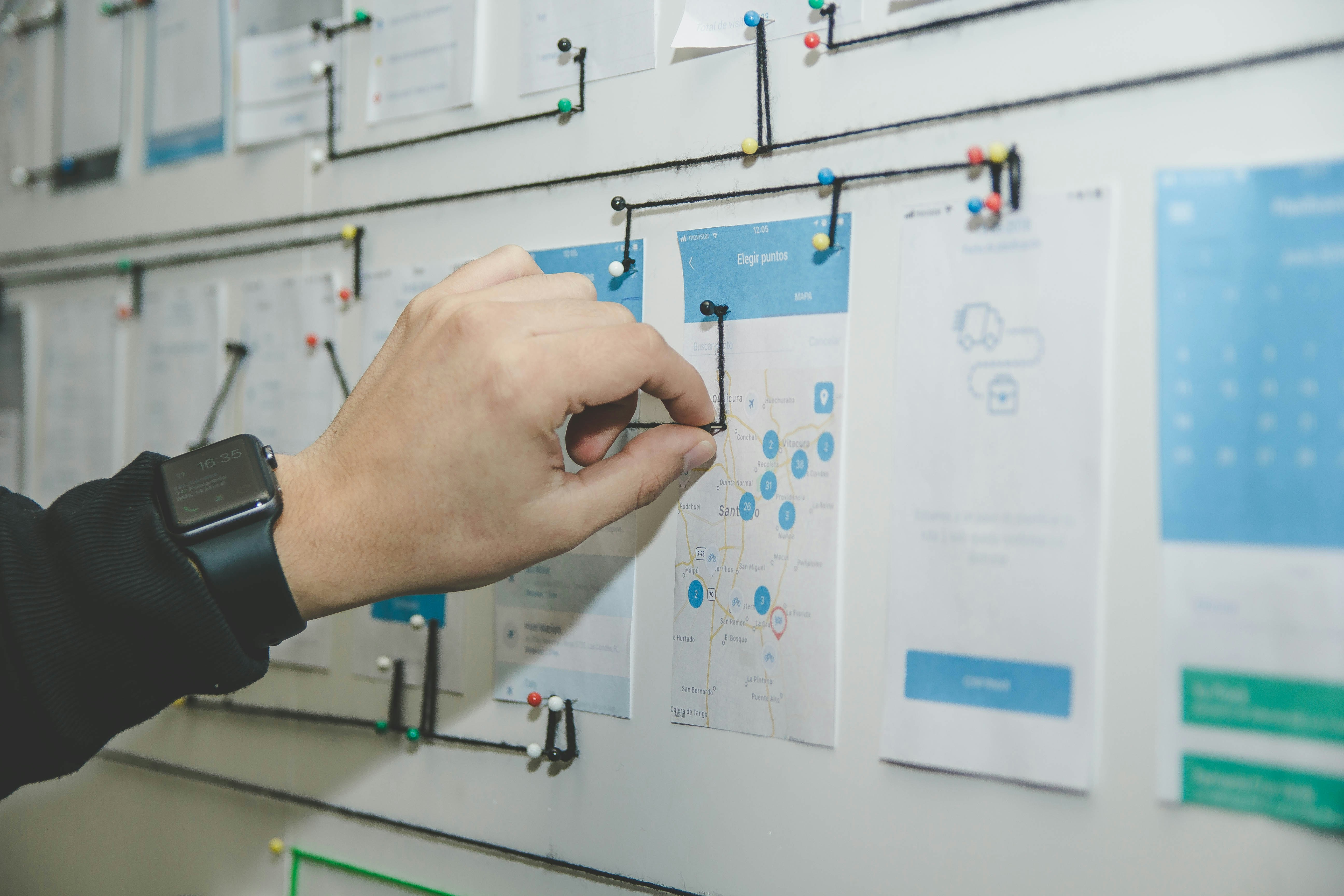Best Practices for Successful Mobile App Development
Best Practices for Successful Mobile App Development
Best Practices for Successful Mobile App Development



Developing a successful mobile app requires careful planning, execution, and ongoing management. Here are some best practices to ensure your mobile app development process is efficient and yields a high-quality product:
1. Conduct Thorough Research
Understand the Market: Analyze the market trends, understand your target audience, and study your competitors to identify gaps and opportunities.
Define Objectives: Clearly define the app’s purpose, goals, and the problems it aims to solve.
2. Plan Your App
Detailed Documentation: Create a detailed project plan that includes the app’s features, user flow, and technical requirements.
Wireframing: Develop wireframes to visualize the app’s structure and user interface.
3. Focus on User Experience (UX)
User-Centric Design: Design with the user in mind, ensuring the app is intuitive and easy to navigate.
Consistency: Maintain a consistent design language across all screens and interactions.
4. Choose the Right Technology
Platform Selection: Decide whether to develop a native app, a cross-platform app, or a web app based on your target audience and budget.
Technology Stack: Choose a robust technology stack that supports the app’s functionality and scalability.
5. Agile Development Methodology
Iterative Development: Use agile practices to develop the app in sprints, allowing for regular feedback and adjustments.
Continuous Integration: Implement continuous integration and continuous deployment (CI/CD) pipelines to streamline development and testing.
6. Quality Assurance (QA)
Regular Testing: Conduct thorough testing at each stage of development to identify and fix bugs early.
Automated Testing: Use automated testing tools to ensure consistent quality and performance.
7. Performance Optimization
Efficient Code: Write clean, efficient code to enhance the app’s performance.
Optimize Resources: Optimize images, scripts, and other resources to reduce loading times and improve user experience.
8. Security Measures
Data Protection: Implement strong security measures to protect user data and prevent breaches.
Regular Updates: Keep the app updated with the latest security patches and improvements.
9. Effective Monetization Strategies
Revenue Models: Choose suitable monetization strategies such as in-app purchases, ads, or subscription models based on your app’s nature and audience.
User Experience: Ensure that monetization methods do not negatively impact the user experience.
10. Post-Launch Management
User Feedback: Gather and analyze user feedback to make informed updates and improvements.
Continuous Improvement: Regularly update the app with new features, bug fixes, and performance enhancements.
Conclusion
By adhering to these best practices, you can streamline your mobile app development process, create a high-quality product, and enhance user satisfaction and engagement. Successful mobile app development is an ongoing process that requires constant attention to user needs, technological advancements, and market trends.
Developing a successful mobile app requires careful planning, execution, and ongoing management. Here are some best practices to ensure your mobile app development process is efficient and yields a high-quality product:
1. Conduct Thorough Research
Understand the Market: Analyze the market trends, understand your target audience, and study your competitors to identify gaps and opportunities.
Define Objectives: Clearly define the app’s purpose, goals, and the problems it aims to solve.
2. Plan Your App
Detailed Documentation: Create a detailed project plan that includes the app’s features, user flow, and technical requirements.
Wireframing: Develop wireframes to visualize the app’s structure and user interface.
3. Focus on User Experience (UX)
User-Centric Design: Design with the user in mind, ensuring the app is intuitive and easy to navigate.
Consistency: Maintain a consistent design language across all screens and interactions.
4. Choose the Right Technology
Platform Selection: Decide whether to develop a native app, a cross-platform app, or a web app based on your target audience and budget.
Technology Stack: Choose a robust technology stack that supports the app’s functionality and scalability.
5. Agile Development Methodology
Iterative Development: Use agile practices to develop the app in sprints, allowing for regular feedback and adjustments.
Continuous Integration: Implement continuous integration and continuous deployment (CI/CD) pipelines to streamline development and testing.
6. Quality Assurance (QA)
Regular Testing: Conduct thorough testing at each stage of development to identify and fix bugs early.
Automated Testing: Use automated testing tools to ensure consistent quality and performance.
7. Performance Optimization
Efficient Code: Write clean, efficient code to enhance the app’s performance.
Optimize Resources: Optimize images, scripts, and other resources to reduce loading times and improve user experience.
8. Security Measures
Data Protection: Implement strong security measures to protect user data and prevent breaches.
Regular Updates: Keep the app updated with the latest security patches and improvements.
9. Effective Monetization Strategies
Revenue Models: Choose suitable monetization strategies such as in-app purchases, ads, or subscription models based on your app’s nature and audience.
User Experience: Ensure that monetization methods do not negatively impact the user experience.
10. Post-Launch Management
User Feedback: Gather and analyze user feedback to make informed updates and improvements.
Continuous Improvement: Regularly update the app with new features, bug fixes, and performance enhancements.
Conclusion
By adhering to these best practices, you can streamline your mobile app development process, create a high-quality product, and enhance user satisfaction and engagement. Successful mobile app development is an ongoing process that requires constant attention to user needs, technological advancements, and market trends.